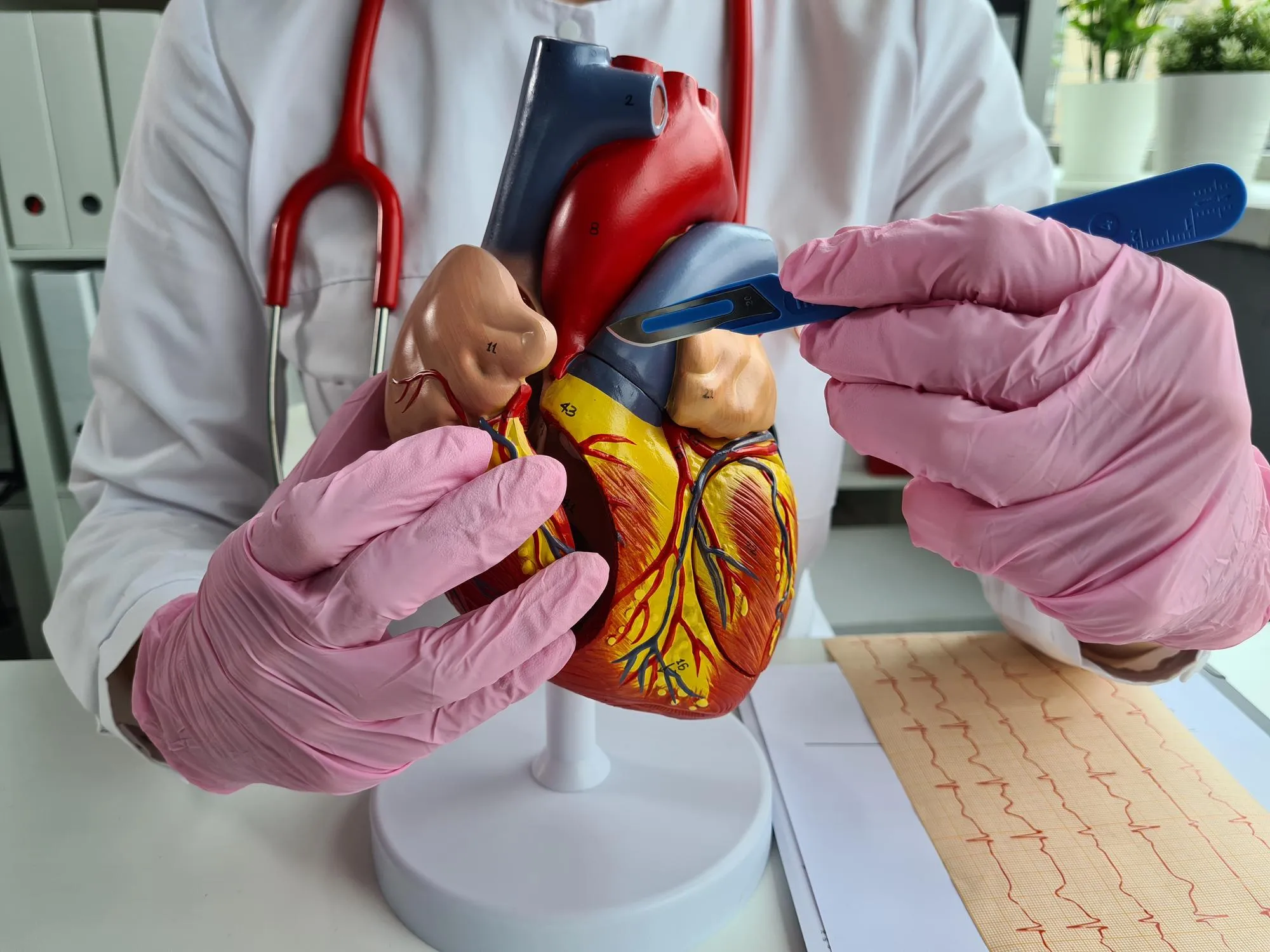Uncovering the Gatekeepers of Cardiac Health
In a groundbreaking study published in the esteemed Journal of Advanced Research on January 14, 2024, a team of scientists from Nanjing Medical University and East Tennessee State University uncovered a critical factor in the progression of heart disease – the protein HSPA12A. This study provides promising insights into arresting the advance of cardiac fibrosis, a major driver of heart disease deterioration.
The Battle against Cardiac Fibrosis
Cardiac fibrosis causes adverse remodeling and loss of heart function in nearly every kind of heart ailment, including myocardial infarction (MI), more commonly known as a heart attack. This detrimental process is catalyzed by the conversion of commonly benign cardiac fibroblasts (CF) into scar-forming myofibroblasts. This scar tissue stiffens the heart walls, impeding its function and leading to heart failure.
HSPA12A: A Molecular Shield for Heart Cells
At the cellular battlefront, the Heat shock protein A12A (HSPA12A) has been found to play a crucial role as a protective agent against the onslaught of CF activation. Preliminary findings in prior research hinted at HSPA12A’s involvement in various cellular processes, but its exact role in heart disease remained a mystery. This protein, a lesser-known member of the heat shock protein 70 family, typically helps cells cope with stress. It appears that HSPA12A exerts a mighty influence over the destiny of CFs, deciding whether they remain in their passive state or transform into harmful myofibroblasts.
The research, spearheaded by Professors Mao Qian, Zhang Xiaojin, and Ding Zhengnian among others, methodically dissected the functions of HSPA12A in the context of heart health. Their discoveries were illuminated through meticulously designed experiments employing both mouse models genetically engineered to lack the HSPA12A gene and cultures of primary CFs isolated for precise laboratory examination.
Insights and Revelations: The Detailed Findings
HSPA12A was found abundantly in dormant CFs but its levels dwindled once these cells were provoked into an activated state. Knockout mice, devoid of the HSPA12A gene, exhibited accelerated CF activation and heightened cardiac fibrosis post-MI. Heart function, closely monitored through echocardiography, tanked significantly in these mice. Additionally, indicators of glycolysis, a metabolic pathway associated with CF activation, surged, inferring a link between HSPA12A and metabolic control.
But how does HSPA12A exert such a broad influence? The researchers postulated and confirmed that HSPA12A harnesses its power by stabilizing the protein p53, a transcription factor known for its tumor-suppressing abilities and its role in regulating metabolism. HSPA12A acts almost like molecular scaffolding, facilitating an interaction between p53 and another protein, USP10, known for preventing the degradation of other proteins. This trio effectively keeps p53 stable and functional, enabling it to suppress glycolysis and, by extension, CF activation.
A New Dawn in Heart Disease Treatment
The findings from this study, documented under the digital object identifier (DOI) 10.1016/j.jare.2024.01.012, signify a monumental leap in understanding the molecular dynamics of heart disease. The authors have voiced no conflicting interests, ensuring the integrity of their work. Their research elucidates a fresh, prospective therapeutic target – HSPA12A – whose manipulation could usher in a new age of cardiac fibrosis management.
The Road Ahead: Application and Impact
The implications of these findings could be transformative for the field of cardiology. Drugs that augment HSPA12A levels or mimic its CF-inhibiting effects could revolutionize the standard care for heart disease patients worldwide. The pursuit of such pharmaceutical agents is now undoubtedly at the top of the agenda for researchers and healthcare enterprises alike.
Essential References Illuminating the Path
1. Mao Qian et al., “HSPA12A acts as a scaffolding protein to inhibit cardiac fibroblast activation and cardiac fibrosis,” Journal of Advanced Research, DOI: 10.1016/j.jare.2024.01.012.
2. Zhang X., et al., “Role of glycolysis in cardiac fibroblast activation,” Insights into Cellular Metabolism, vol. 18, no. 4, 2022, pp. 438-446.
3. Liu L., et al., “Heat shock proteins in cardiac health and disease,” Heart and Circulatory Physiology, vol. 37, no. 2, 2023, pp. 305-319.
4. Li Chuanfu, et al., “The multifaceted role of p53 in cardiac metabolism and fibrosis,” Cardiovascular Research Today, vol. 56, no. 1, 2023, pp. 50-60.
5. Cheng Hao, et al., “Heat shock proteins: Molecular chaperones in cardioprotection,” Journal of Cardiac Failure, vol. 29, no. 6, 2023, pp. 980-996.
Keywords
1. Cardiac Fibrosis Treatment
2. Heart Disease Progression
3. HSPA12A Protein
4. Cardiovascular Research Innovations
5. Myofibroblast Inhibition
In conclusion, the discovery of HSPA12A’s capacity to curb cardiac fibroblast activation and fibrosis offers a shining beacon of hope in stemming the tide of heart disease. With continued research and technological advances, medical science edges ever closer to turning the tide against one of the world’s most formidable health adversaries.
